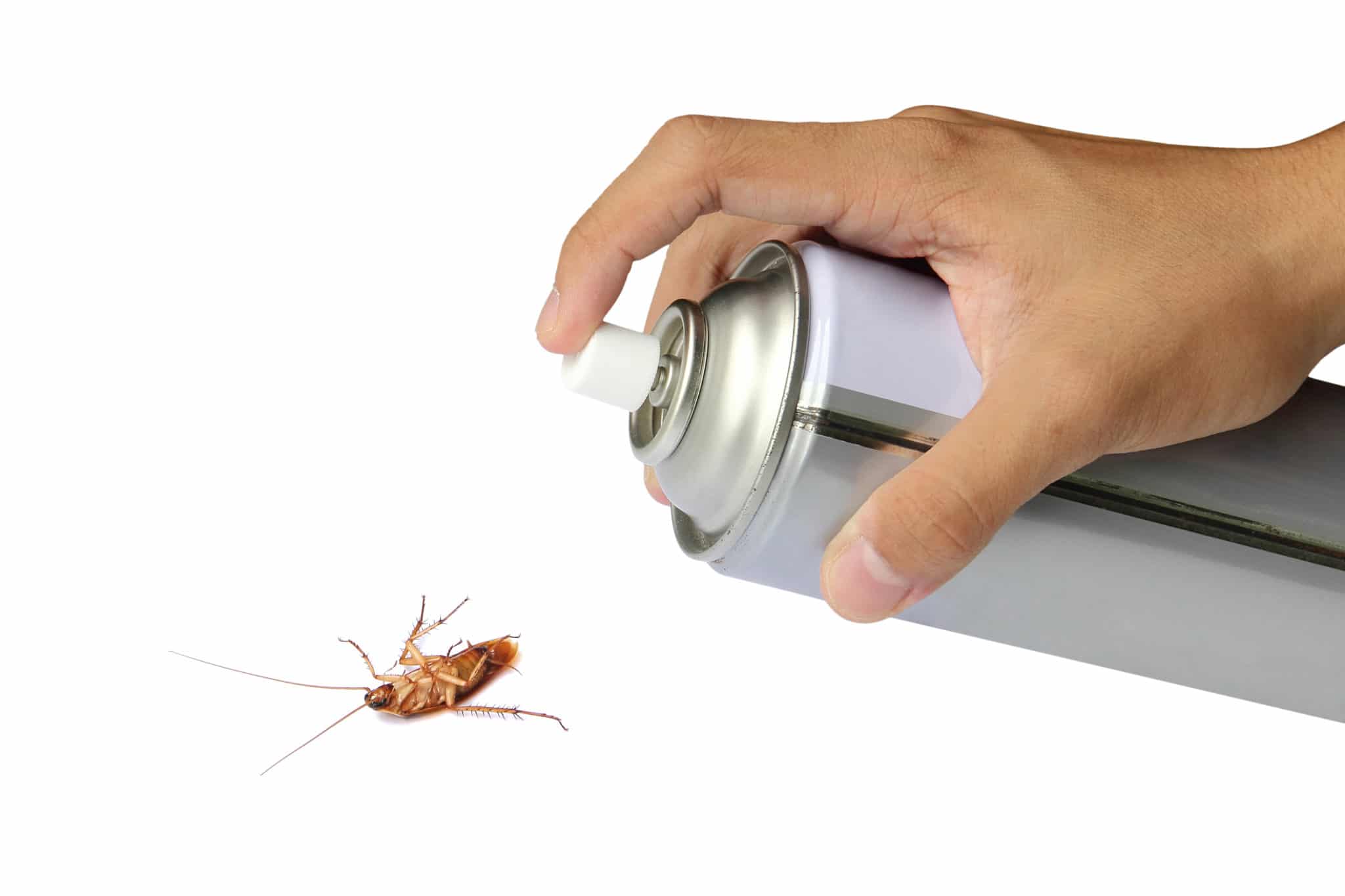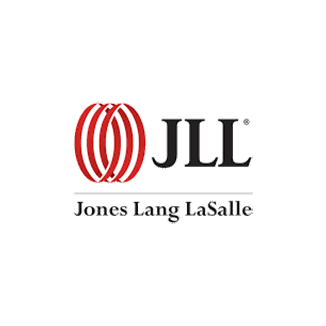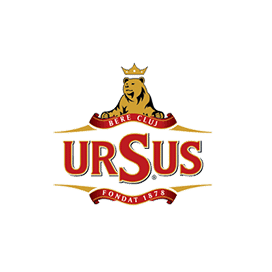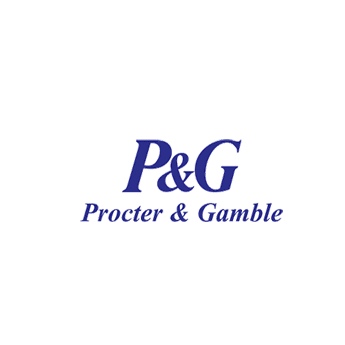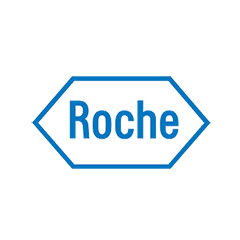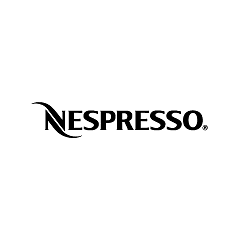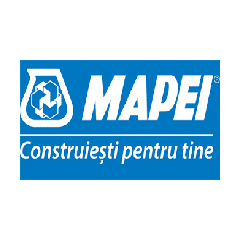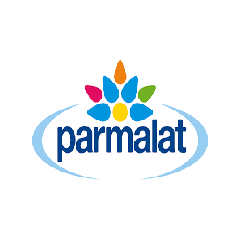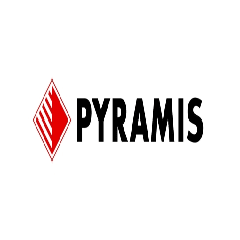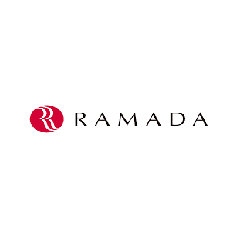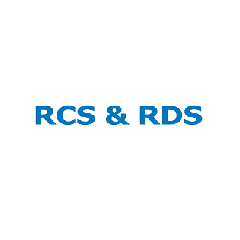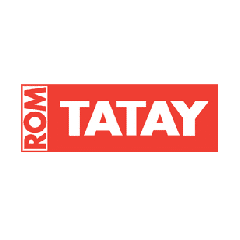DISINFECTION prevents and prevents the transmission of diseases by insects. Insects are agents for transmission of infectious and parasitic diseases to humans and animals. Among the insect-borne diseases, either by stinging or by contact with food, are recurrent fever, exanthema typhus, tuberculosis, plague, malaria, skin disorders, dermatoses, eye mucous irritations, food poisoning, viruses etc.
For an immediate effect, we use state-of-the-art 3rd generation toxic insecticides.
Disinfection can be:
- Preventative (prophylactic) – with the purpose of preventing spreading pests, by creating unfavorable conditions to their development. It has to have a permanent character, usually 3 months apart.
- Curative (therapeutic or combat) with the purpose of destroying and removing insects and spiders from the unit upon we take action; it has to be repeated once every 10-14 days (insects’ incubation period) to destroy the hotbeds, being followed by the preventive control.
Ug control – prevents and combats disease transmission from bugs and mites. Besides the discomfort they generate, bugs can also cause economical damages, and can also transmit infectious or parasitical diseases.
One should know that from a total of 1.200 000 species of insects, only a handful are useful such as bees, silk worms, and aquatic bugs which are a very good food source for fish. The danger bugs represent is due to their high multiplying capacity and exaggerated voracity.
Material damages consist of disease transmitting to animals and cultivated fields. Here are some diseases spread by bugs through stings or contact with foods: recurrent fever, typhus, the plague, tuberculosis, malaria, dermatosis, skin conditions, eye conditions, food poisoning, virosis.
The insecticides used are brand new generation, classified as III class toxicity.
RAT CONTROL represents destroying harmful rodents – having an extremely important role, because they represent a permanent danger regarding diseases and economical losses.
The main species of rodents living in our country are: the gopher, the grey rat, the blue house mouse, the forest mouse.
The control measures apply:
– preventively – the defensive is realized by preventing the rodents’ entering and establishing nests on the sight, removing water and food sources for the rodents, destroying their hiding places.
Rat control prevents and forbids transmitting diseases through bite or contact. The great danger harmful rodents represent consists of numerous material damages they cause, also adding the great danger they are to our health. Rodents’ role in disease transmitting both in people and animals is well known.
Mice, but mostly rats are infection reservoirs and also vectors, spreading diseases like trichinosis, leptospirosis, brucellosis, FMD, gastroenteritis, rabies, anthrax, food poisoning. To all these we add the fact that mice and rats destroy, pollute and make unusable much more food, wiring, spaces than the food they use, making thus the loss inestimable.
Rat control is used in the combat of rodents, which are very good organized, as we all know-each rodent colony has young males, which, after finding food, call the other ones to feed, therefore, the substances used work in 5-7 days, causing blood coagulation (the rodent, feeling ill, withdraws in the gallery to die over there, preventing the nasty smell appearance in the treated areas).
The substances we use are rat poisons based on cereals, meat, blood and non-molding animal fats, given the active III category substances. The bate is applied in toxic stations for the rodents, in order to prevent pet poisoning. All of these actions are taken according to the Romanian legislation.




